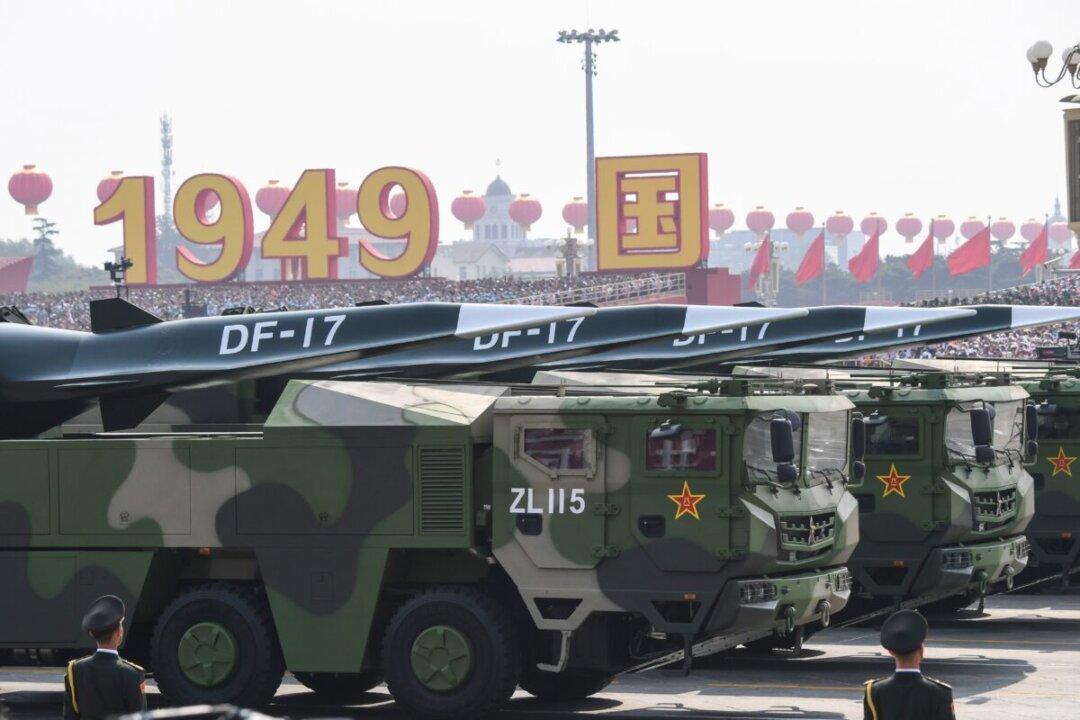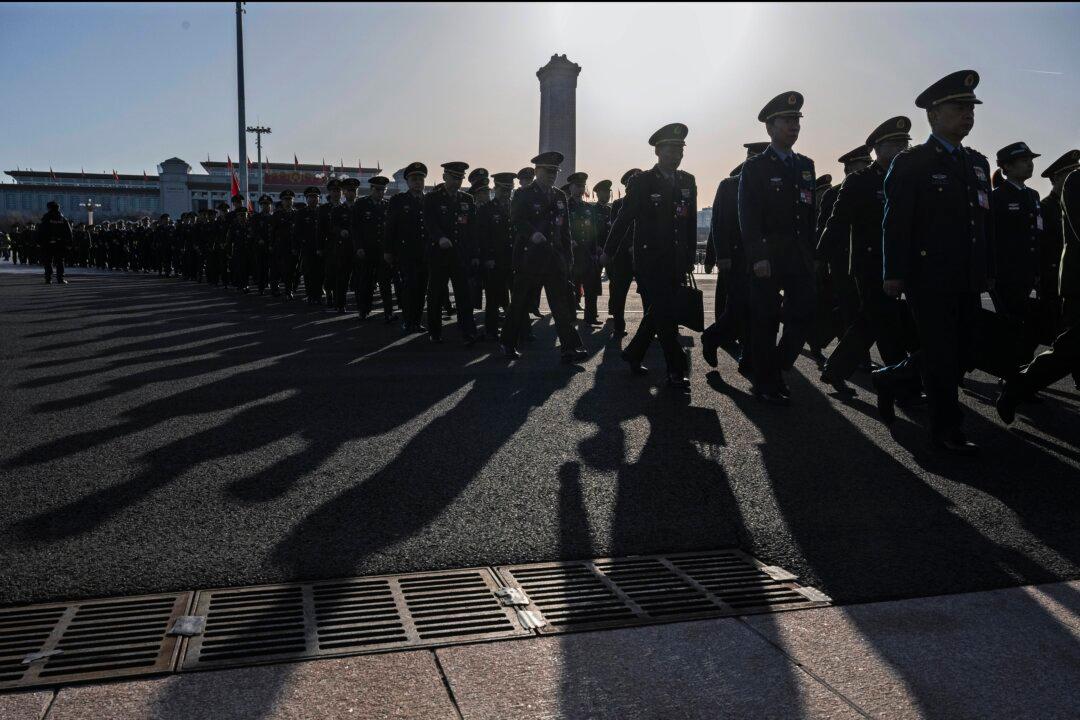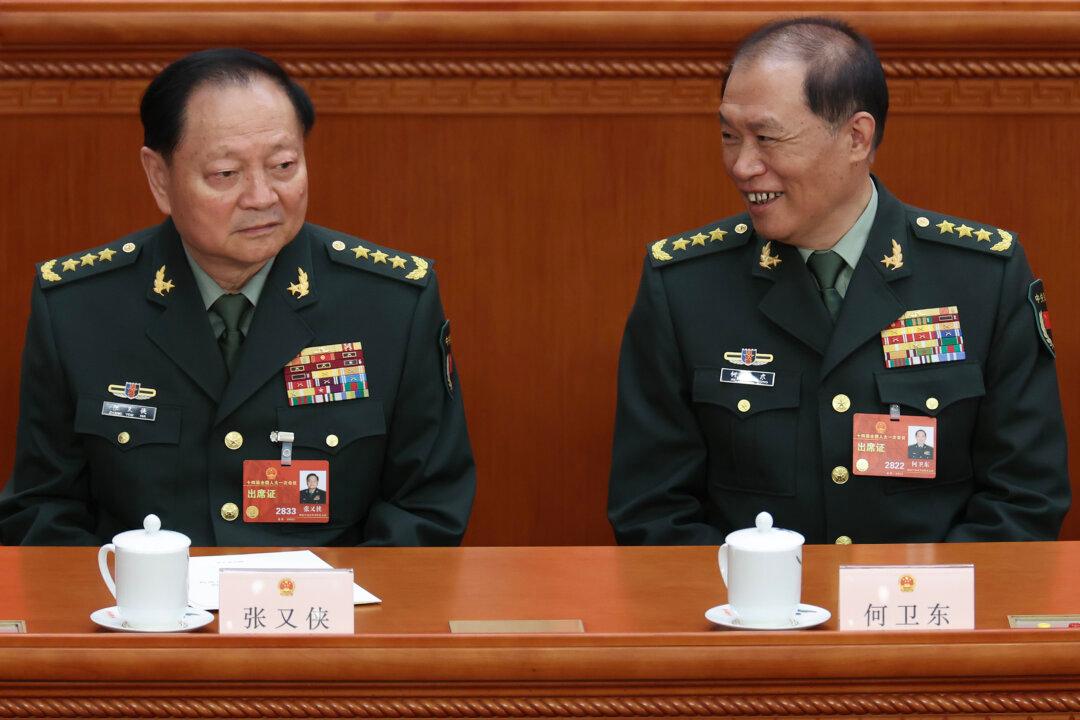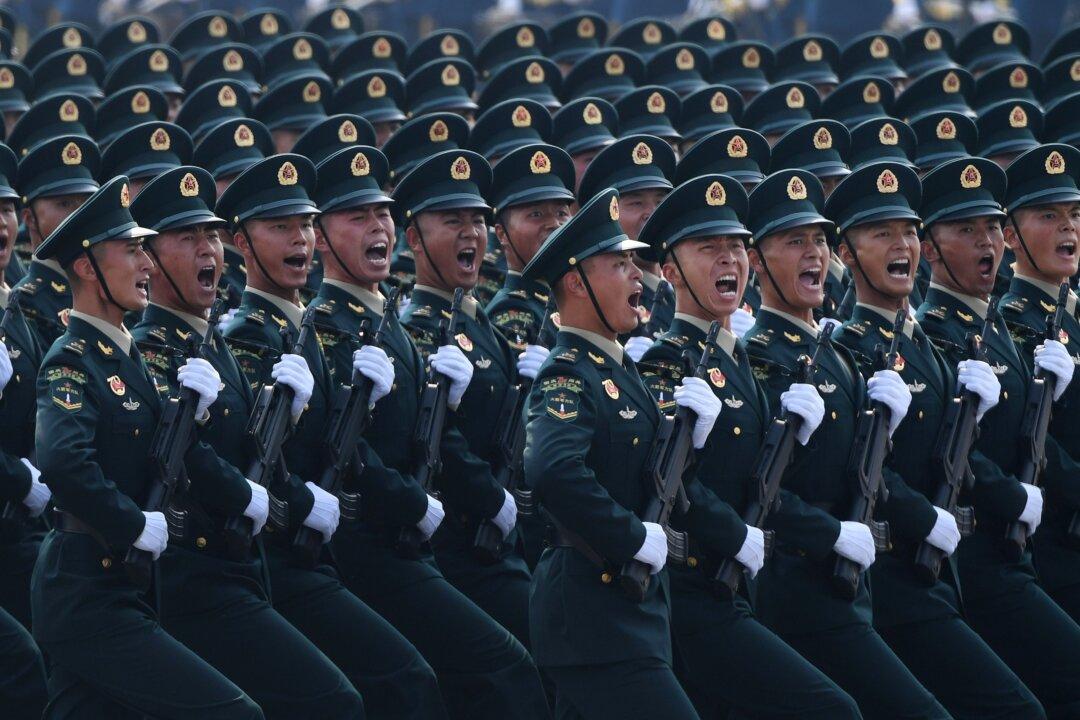British media reported that China tested a nuclear-capable hypersonic missile in August, and its performance caught U.S. intelligence services by surprise. However, a military expert raises questions on the authenticity of the sources.
The Financial Times, a British media, on Oct. 17 exclusively cited five anonymous sources as saying that the Chinese Communist military launched a rocket carrying a hypersonic glide vehicle that flew in low orbital space and then cruised to its target. “The test showed that China had made astounding progress on hypersonic weapons and was far more advanced than U.S. officials realized.”





